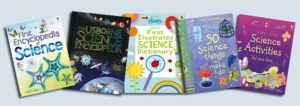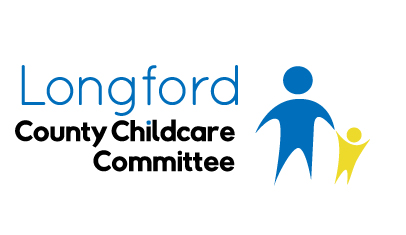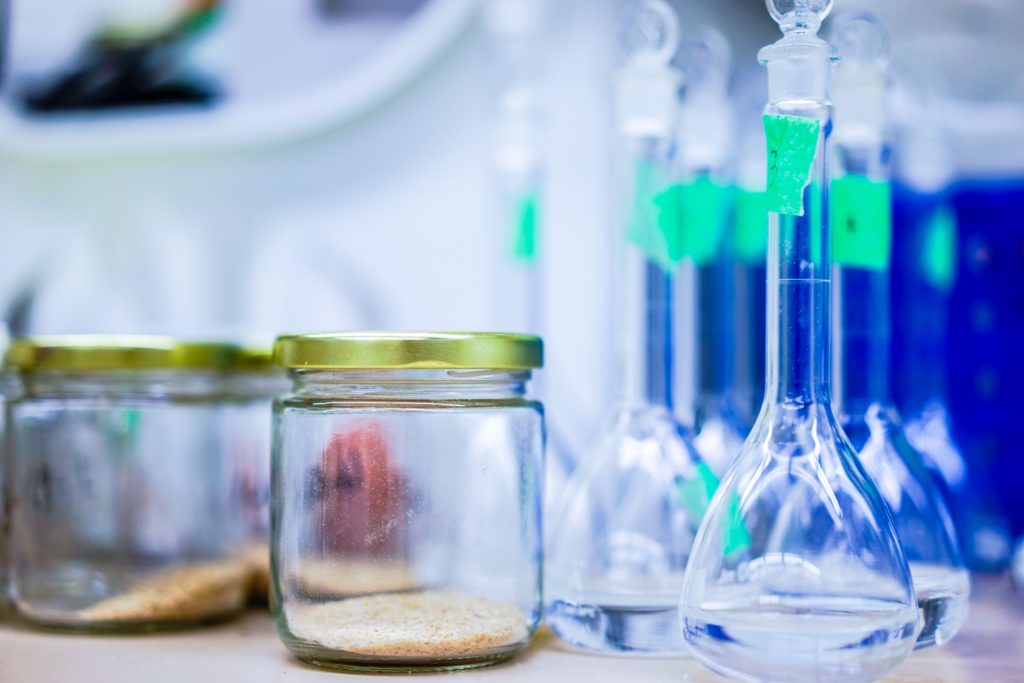This week is Science Week and it’s important that you think about how your service incorporates science into your curriculum and daily learning routine. You might have seen us share a few Science items on our facebook and twitter page and maybe this gave you a few ideas. We’d love to hear from you if you would like to share anything. Events are organised all around the country and locally so check with your local event guide, such as Longford Leader, your local library and Shannonside to see what’s happening in Co Longford.
Think about what you can do to bring this valued learning experience into your early year’s environment and for parents too, what can you do at home? Chat to the parents and children who use your service about what they see science as, hence bring partnership with parents into your environment. Staff can talk to the children about science and nature such as using the daily weather chart. Do you have science materials available for children to play with? Is there a themed area in your room?
Staff can also model concern for science and the environment around for example recycling, turning off water taps and lights.
Initiate activities using measuring, comparing and sorting using science materials. An example of this could be measuring rainfall for a week, an example we can be sure of having resources for!
Experiments are a brilliant part of science that allow children of all ages to engage in fun and exciting learning experiences. It serves as an excellent learning tool for children that they can use in both the indoor and outdoor learning environment.
Experiment with different things and see what happens, which substances react with each other and which don’t? Why not try this fun science experiment for children to try:
Mixing Oil and Water
Some things just don’t get along well with each other. Take oil and water as an example, you can mix them together and shake as hard as you like but they’ll never become friends…..or will they? Take this fun experiment a step further and find out how bringing oil and water together can help you do your dishes.
What you’ll need:
- Small soft drink bottle
- Water
- Food colouring
- 2 tablespoons of cooking oil
- Dish washing liquid or detergent
Instructions:
- Add a few drops of food colouring to the water.
- Pour about 2 tablespoons of the coloured water along with the 2 tablespoons of cooking oil into the small soft drink bottle.
- Screw the lid on tight and shake the bottle as hard as you can.
- Put the bottle back down and have a look, it may have seemed as though the liquids were mixing together but the oil will float back to the top.
What’s happening?
- While water often mixes with other liquids to form solutions, oil and water does not. Water molecules are strongly attracted to each other, this is the same for oil, because they are more attracted to their own molecules they just don’t mix together. They separate and the oil floats above the water because it has a lower density.
- If you really think oil and water belong together then try adding some dish washing liquid or detergent. Detergent is attracted to both water and oil helping them all join together and form something called an emulsion. This is extra handy when washing those greasy dishes, the detergent takes the oil and grime off the plates and into the water, yay! (Source: http://www.sciencekids.co.nz)
You can create wonderful learning stories using Science activities in your service. Try and include books on Science in your reading area. Allow the children to explore the wonderful world of science all around them.
Some suggested reading to add to your reading area:

Science in your learning environment links to many of the Aistear Siolta standards: Play, Parents & families. Environments, Consultation, Interactions, Curriculum, Communication, Identity & Belonging and Community Involvement.

